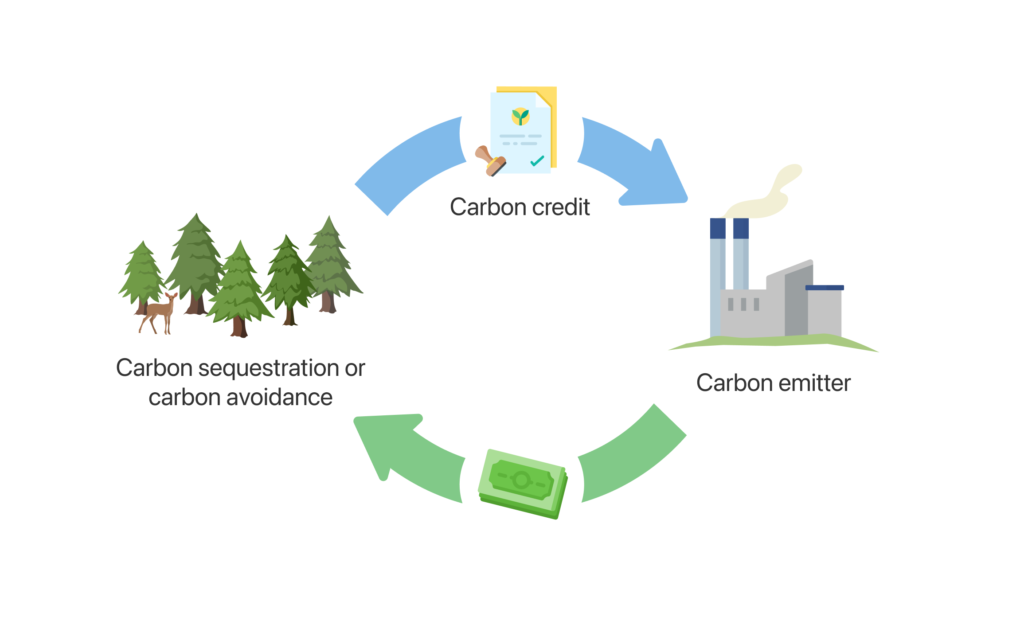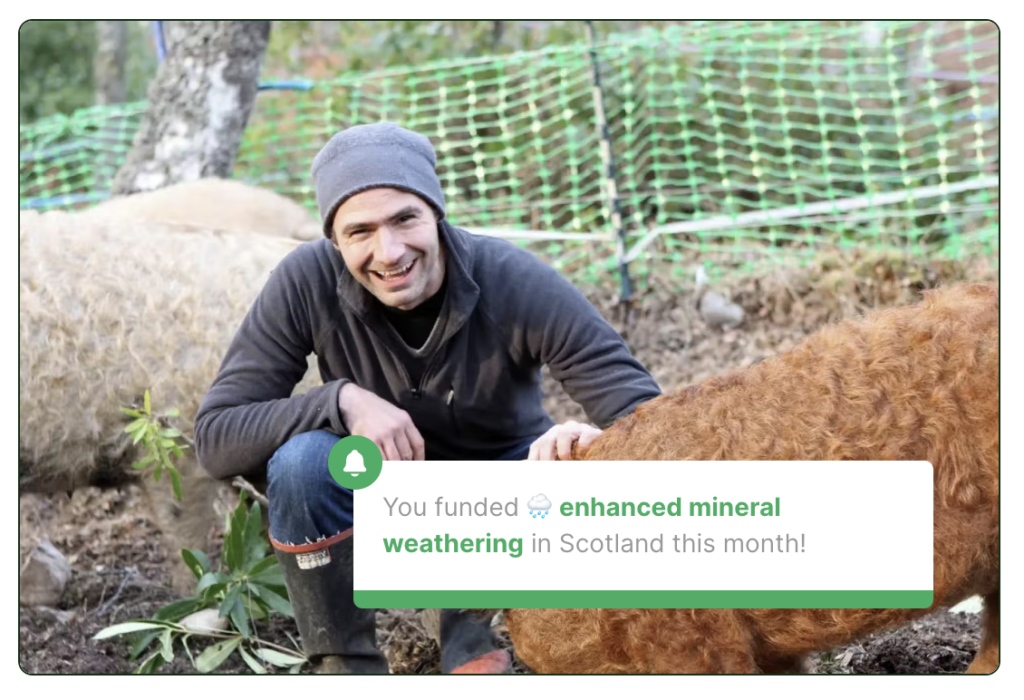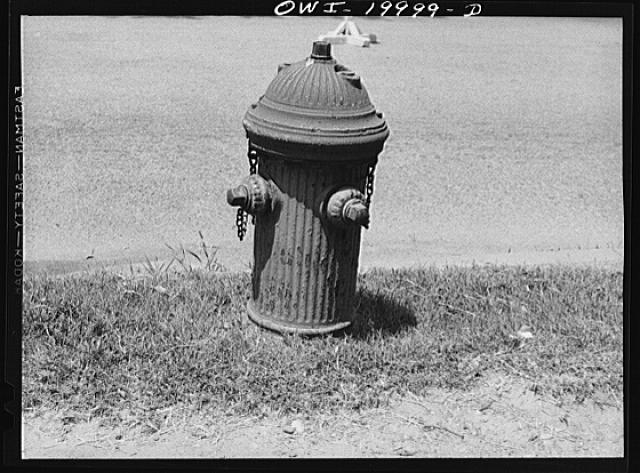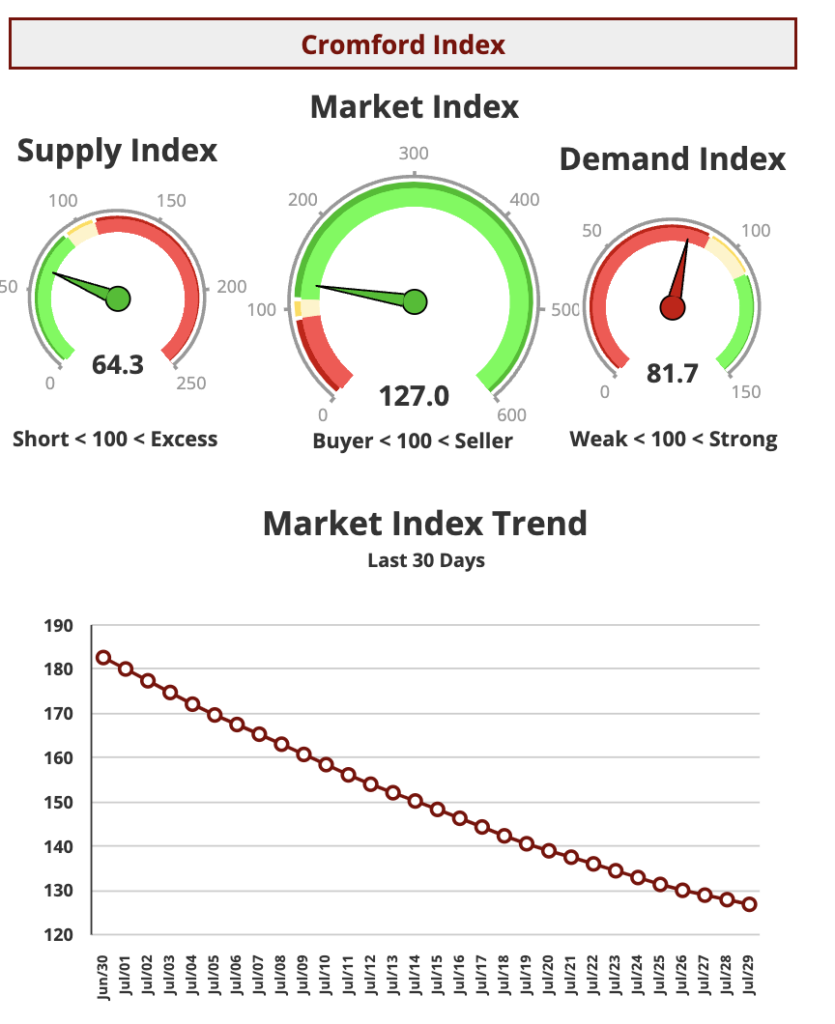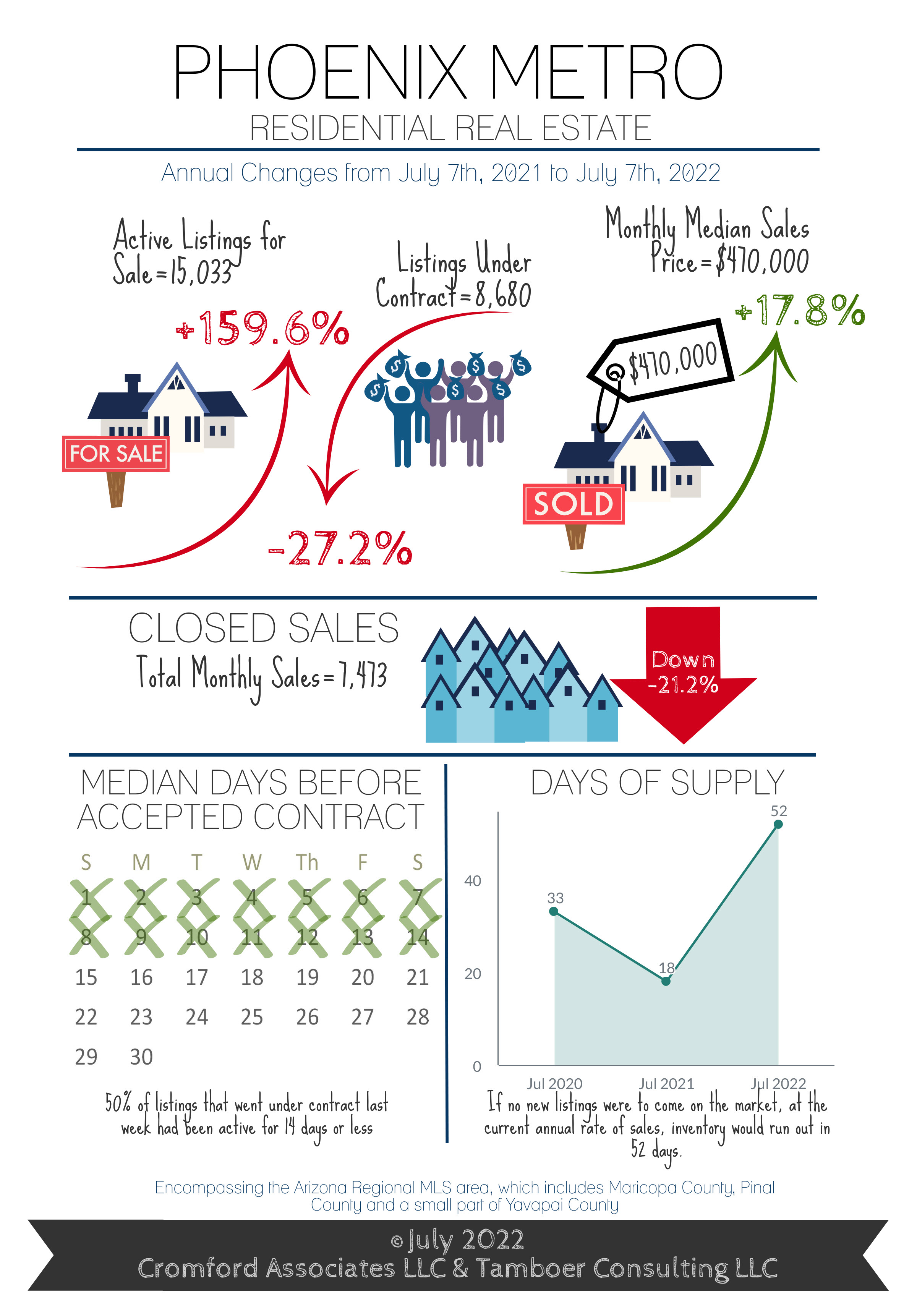I’ve been trying to find a better way to offset my carbon for a few years now. You can see my recent attempt here, and my lessons learned here.
So, that attempt did not turn out so well, but not for lack of trying. I was more annoyed with how the Arbor Day Foundation did (or didn’t) use my contribution.
But, I’m ready to start again. It’s a new day.
And, if you are looking for relatively easy ways to take action on climate change, and also see where your contribution goes, then you might want to try Wren. Read this description or this blog on how it works.
To be fair, I’m just trying it now. So, I’ll report back to you if you don’t feel like being an early adopter on this one.
Parenthetically, I can report positive results from my adoption of Ecosia to direct internet ad revenues to tree planting. It was easy to set up and runs silently in the background as I do my work.
Let’s start at the beginning. Using Wren’s simple-to-use carbon calculator, I found that I use about 18 tons of carbon each year. This was shy of the 20 tons that Arbor Day calculated for me.
In both cases, it seems high to me. I don’t drive as much as average Americans, I limit meat consumption and I have solar panels. But, that’s the point of this exercise. I don’t think many of us realize how much carbon we really contribute to the problem.
Regardless, let’s assume this is off and I only consume 15 tons. That’s still twice the UK average; a place with a standard of living I’d be happy to endure.
This exercise is reinforcing my plans later this year to replace my old A/C & heater unit with a new, high efficient A/C + heat pump, to replace my gas stove with an induction stove and to exchange my old fridge with a new Energy Star refrigerator.
But, in addition to that (and voting for climate-friendly candidates), I can also contribute to carbon offset directly.
The problem I had with Arbor Day was that (1) I did not trust that they spent the money I sent them; (2) I sent them a big check all at once, which hurt; and (2) they sent me tons of paper junk mail made from, you know, trees.
What I like about Wren is that they give me regular updates on the projects they fund with my monthly contribution.
One draw-back: Wren is not a 501c3. It is a Public Benefits Corporation (PBC), if that matters to you. Frankly, as long as I see results, and don’t find that they over-pay their executives, I’m cool with it.
I choose the $38/mo. option, since that seems doable.
So, anyway, if you’d like to try, go through my referral link here. Wren plants 10 native trees for each referral I make.


